Top Methods for Minimizing Scarring
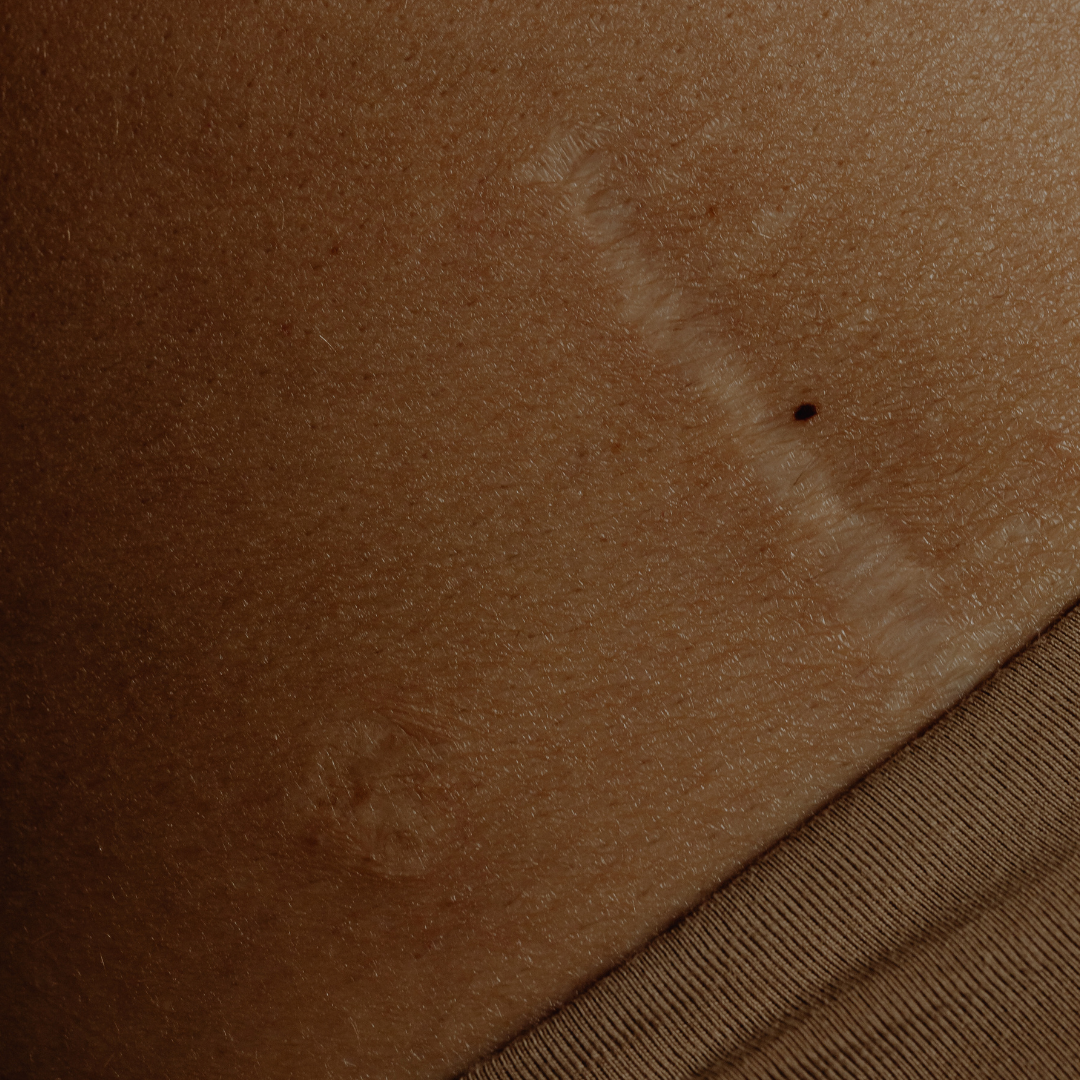
Scarring is an inevitable part of many complex surgical procedures. Whenever the skin experiences damaging trauma, whether through surgery or injury, the body’s healing system immediately kicks into gear to repair the broken tissue. Scars are merely fibrous tissue the body makes to replace damaged skin; this tissue is less elastic than normal skin and serves as a bandage for the wound that caused the broken skin.
A skilled plastic surgeon utilizes specific techniques to reduce tension, effectively minimizing permanent scarring, most cosmetic procedures still leave visible marks from incisions. However, numerous products and methods can mitigate blemish formation, ensuring the highest quality results for any aesthetic makeover.
Barrett Recovery offers specially formulated products that decrease the size, severity, and permanence of incision marks after surgery. From silicone shields to topical balms, Barrett Recovery has the perfect treatment plan for every patient. Keep reading to learn more about these unique products plus other holistic tips to ensure optimal results.
Silicone Scar Sheets:
Studies show that applying silicone gel sheets during recovery significantly improves the appearance of surgical scars. Barrett Recovery’s Scar Shields come in a variety of shapes and sizes, distinctly created to accommodate any incision site on any area of the body.
What is it?
Scar shields are silicone sheets with a safe polyurethane adhesive backing, created to protect wounds after surgery. Made with 100% medical-grade silicone, these sheets are dermatologist-approved, non-irritating, and drug-free. Barrett Recovery offers customizable and reusable sheets in four main size options: 7.2 cm for areola scars, 2” x 24” for larger incisions, 1” silicone dots for liposuction, and 1”x6” sheets for smaller incisions. The sheets are customizable and reusable, made to be cut based on the size and shape of the incision and re-worn for a maximum of two weeks or whenever the adhesive wears off.
How does it work?
Silicone, also known as polysiloxane, has been used in medicine and cosmetic surgery for almost half a century. It is a non-toxic material with no irritant, antigenicity, or carcinogenic teratogenicity. Research has found that silicone has a unique role in preventing hyperplasia, which can cause thick scar tissue, making it widely used in scar-removing beauty products.
Silicone sheets minimize mobilization of the post-surgery wound and suppress collagen production, preventing a prominent blemish from forming. They work by slightly adding pressure on the wound and mimicking the skin’s natural healing properties. After just a few weeks of use, scars will usually have a visible change, while patients can expect to see optimal results as soon as 12 weeks. Individual results vary based on skin type and the depth of skin disfigurement.
How do you use it?
Clean and dry the scar area, then trim the sheet if needed before removing from the lining. Apply the sheet to the skin with the adhesive side down, completely covering the desired area. Continue to reuse each sheet until the adhesive wears off. Silicone sheets should be worn as much as possible and washed with warm water as needed.
Scar Gel:
Containing a combination of physician-selected ingredients, Skinuva is the gold standard for topical scar treatments as it also assists the body’s natural healing process. Skinuva is clinically tested, using silicone and aloe vera as active ingredients to reduce the appearance of scars.
What is it?
Like the silicone shields, this product utilizes silicone to improve the look of scars. Skinuva is a topical ointment safe for all skin tones, intended to treat the skin after surgery or injury but can also be used to protect the skin after laser, microneedling, or chemical peel treatments.
How does it work?
Proven to be more effective than regular silicone cream, Skinuva is a daily skin treatment. With safe ingredients like hyaluronic acid, vitamin C, and Centella Asiatica, this gel promotes hydration, quells inflammation, and increases collagen production, all things that help decrease blemish formation while creating healthy skin.
How to use?
Skinuva is ideal for larger scars that are greater than six inches in size, including facelift, breast lift or breast reduction, abdominoplasty, body lift, and, brachioplasty incisions. Barrett Recovery recommends incorporating Skinuva into a skincare routine 2-3 weeks post-procedure or when the incision site has completely closed. Apply twice a day, morning and night, on clean, dry skin for at least 3-6 months. Sunscreen and cosmetics may be worn over. Skinuva can be used on scars of any age, although it is within the first 12 months of the scar forming that the product is the most beneficial.
Natural Options To Reduce Scarring
While silicone-based products rank at the top for wound management, numerous natural methods can help prevent incision sites from developing a permanent blemish.
- Aloe Vera: The famous succulent plant aloe is widely known for its topical healing properties. The clear gel that resides within the plant’s leaves naturally increases collagen and elastin production, resulting in less visible blemishes.
- Petroleum: An accessible over-the-counter product that is proven to reduce the appearance of scars as it keeps wounds moist while still protecting injured skin from external damage.
- Skin Care Routine: Our skin is the largest organ in our bodies. By focusing on skin health through a consistent care routine, a healthy diet, and lots of hydration, our skin’s natural healing processes function efficiently, thus reducing the chance of long-lasting scars.
- Wound Care: By nurturing the wound that resulted from damage to the skin, whether through injury or surgery, the chances of a permanent blemish forming significantly decrease. Keeping the wound clean and covered with a fresh bandage ensures an optimal healing process.
-
Massage: Some surgical scars benefit from massaging to quell inflammation, remove built-up collagen, increase circulation, and enhance skin flexibility.
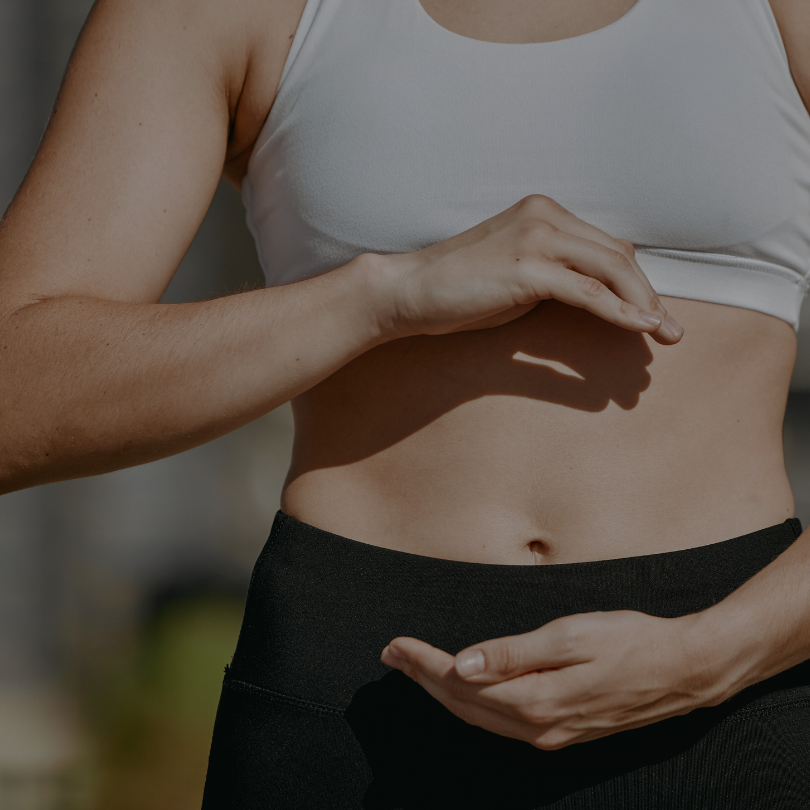
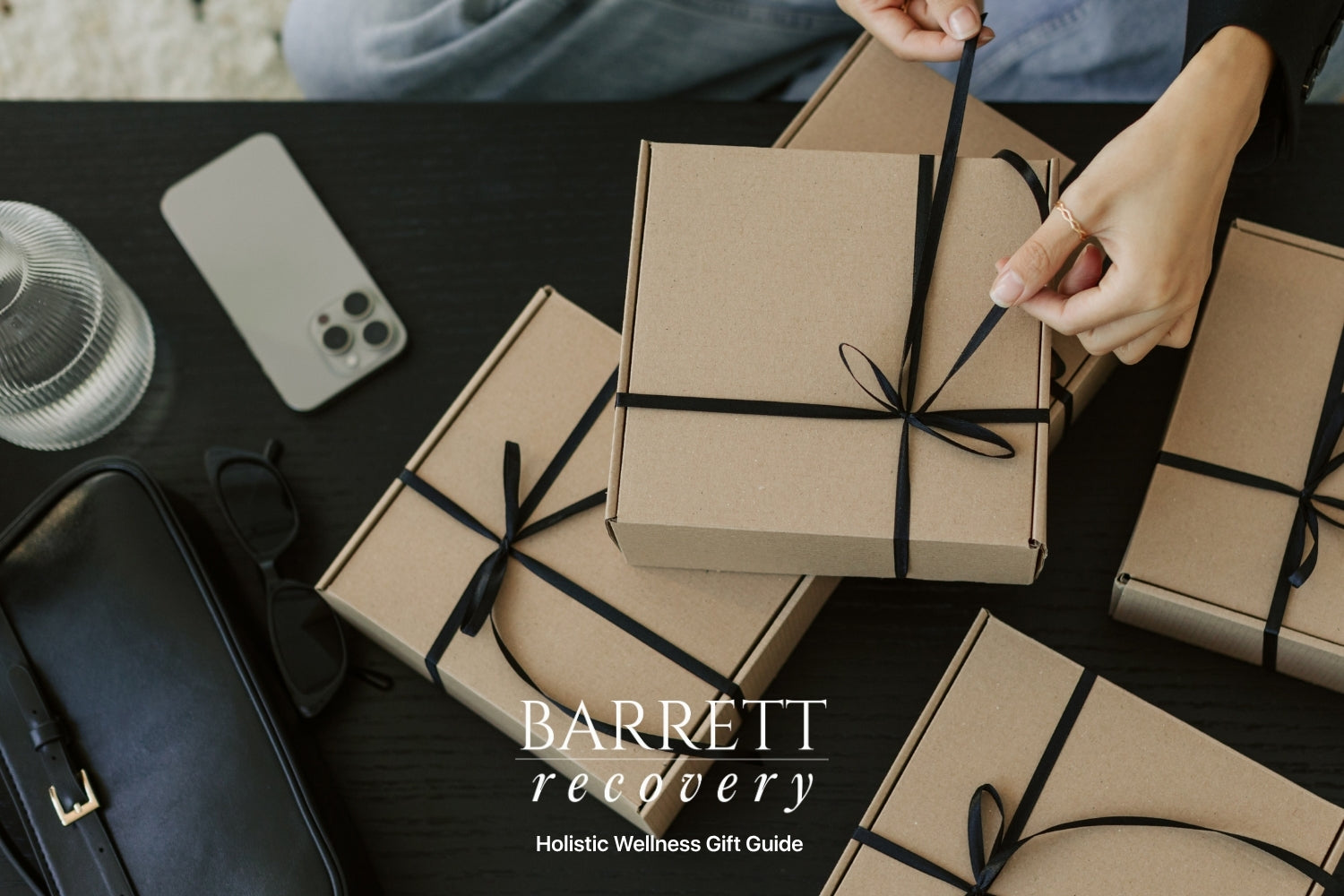
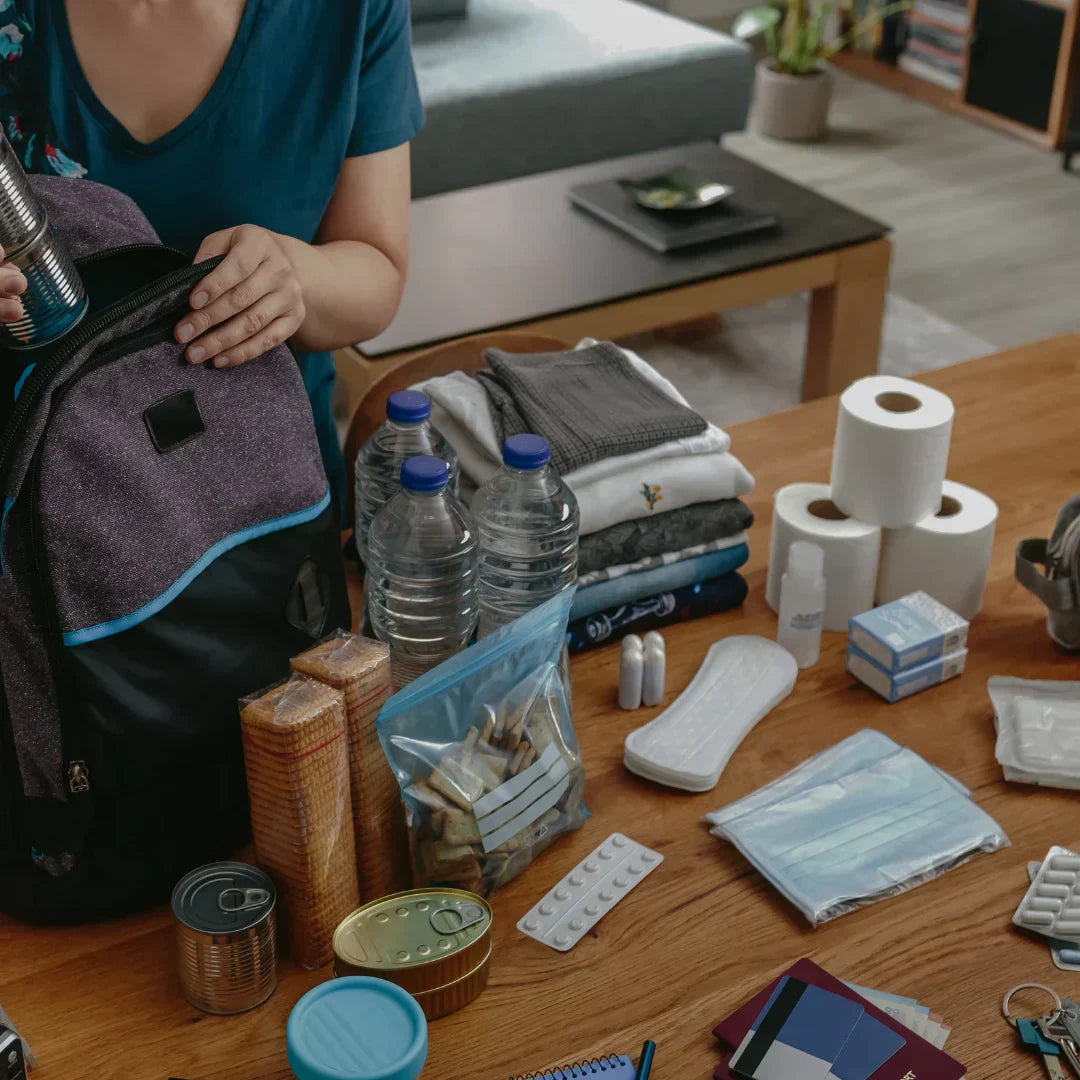
Comments